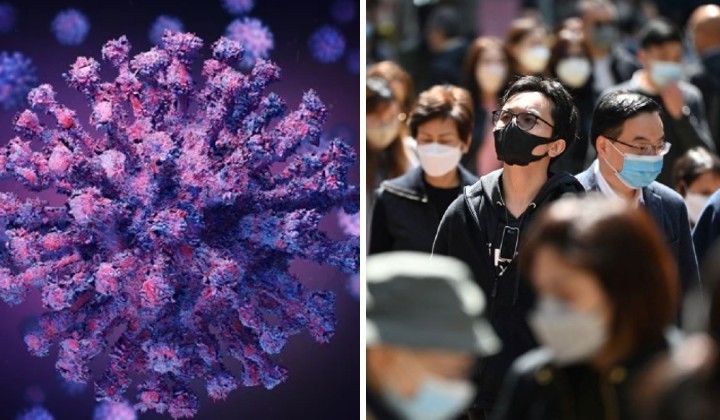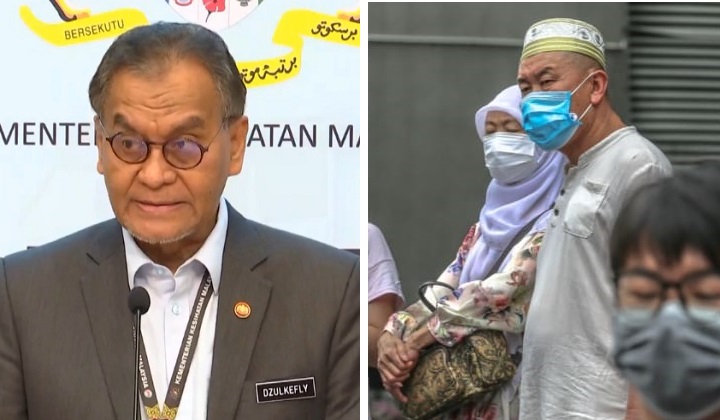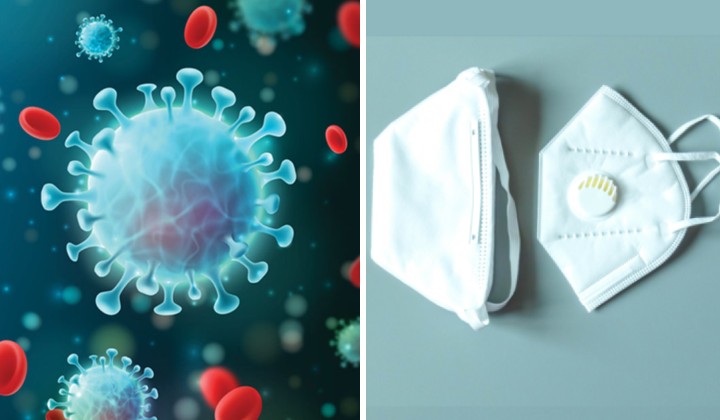What is PPE and Why Is It So Important?

Subscribe to our new Telegram channel for the latest updates on Covid-19 and other issues.
Ever since Covid-19 was declared a pandemic and Malaysia went into battle mode, a lot of talk had been centred around insufficient personal protective equipment (PPE) for healthcare workers.
We’ve seen clips of medical front liners making their own gowns and face shields out of trash bags, hair bands, sponges and more. Many people have a vague understanding that PPE protects medical personnel from getting infected but there’s a lot more going on than that.
What is PPE?
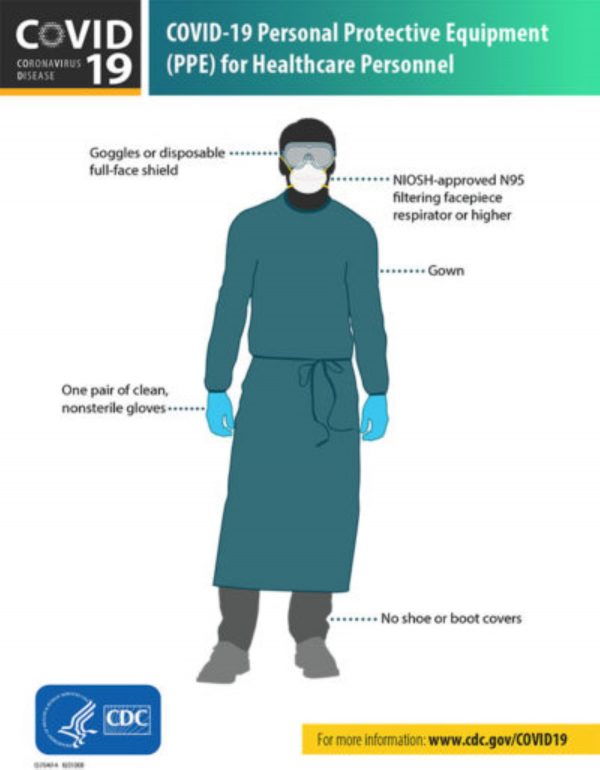
(Credit: CDC via 90.1 FM WABE)
PPE is the special equipment worn to create a barrier between infectious material (like bacteria and viruses) and a person, especially the skin, mouth, nose and eyes.
This barrier acts to block the transmission of germs from blood, body fluids and respiratory secretions.
PPE may also protect patients who are at high risk for contracting infections through a surgical procedure or who have a medical condition, such as an immunodeficiency, from being exposed to substances or potentially infectious material brought in by visitors and healthcare workers.
When PPE is needed
Contrary to popular belief, PPE usage is not solely reserved for patient-related activities in treatment centres.
It is vital in preventing transmission of infections through various activities such as cleaning, waste management, safe burials, and community care related to the outbreak (eg: disinfection).
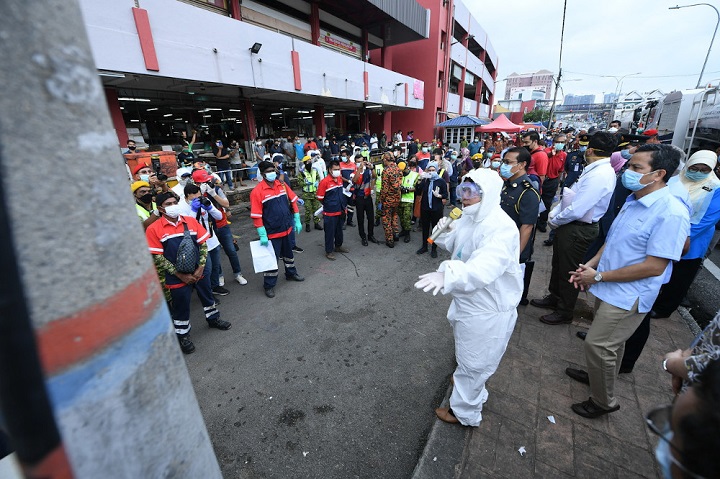
(Credit: Bernama via Malay Mail)
In fact, according to the World Health Organisation (WHO) the trinity of infection prevention and control consists of:
- hand hygiene
- personal protective equipment
- waste management materials
Basics of PPE
Standard PPE consists of gloves, mask and gown. But when dealing with blood or airborne infections, PPE includes face protection, goggles and mask or faceshield, gloves, gown or coverall, head cover, rubber boots.
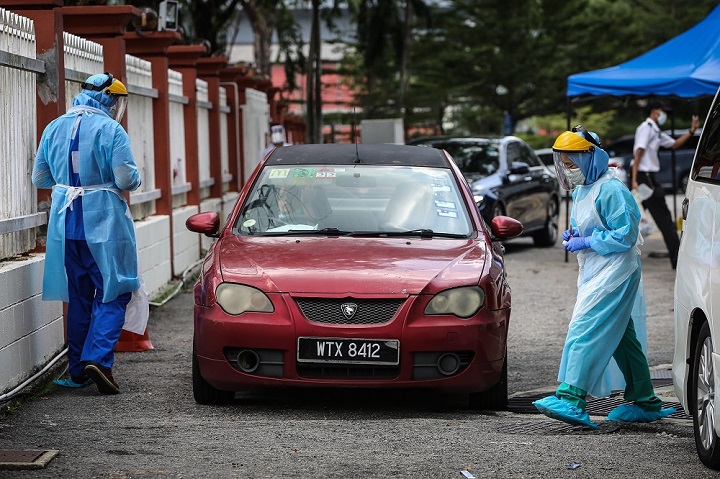
(Credit: Yusof Mat Isa/Malay Mail)
According to the United States’ Centers for Disease Control (CDC), these are the types of PPE typically used in healthcare settings.
- Gowns/aprons – protect skin and/or clothing
- Masks– protect mouth/nose
- Respirators – protect respiratory tract from airborne infectious agents
- Goggles – protect eyes
- Face shields – protect face, mouth, nose, and eyes
If you’re not following proper wearing and removal procedures, PPE is useless.
You go through all that trouble of wearing the protective equipment only to shoot yourself in the foot by taking it off wrongly.
Current advisory on use of PPE is for medical personnel and frontliners. But if you are going to wear it anyway, there’s several key points:
- Wear before contact with the patient, generally before entering the room
- Use carefully – don’t spread contamination
- Remove and discard carefully, either at the doorway or immediately outside patient room, remove respirator outside room
- Immediately perform hand hygiene

There’s also a proper sequence of wearing PPE which goes; gown first, then mask or respirator, goggles or face shield, finally gloves.
While the average member of the public does not have access to full PPE, there is an increase in wearing face masks and gloves during the Covid-19 pandemic. So here’s some important information that you should know.
Mask
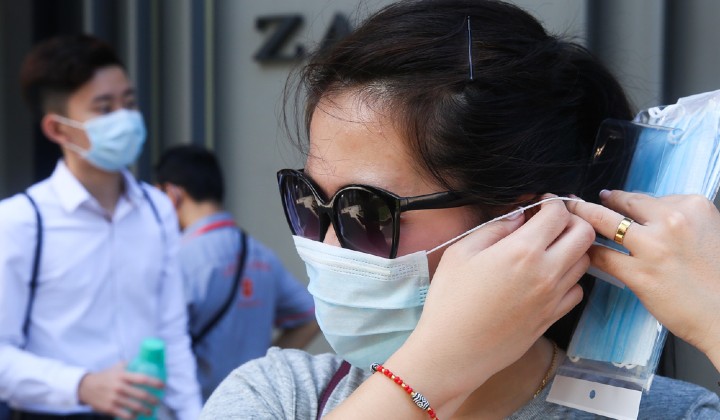
Surgical masks provide barrier protection to the wearer from splashes and droplets to the area of the wearer’s nose, mouth and respiratory tract. It also catches the wearer’s respiratory droplets from coughing and sneezing. So it’s important to make sure that the mask covers both the nose and mouth with a snug fit.
They do not provide protection against aerosol particles and are not classified as respiratory protective equipment.
Importantly, masks should not be left attached around the neck following use and must be discarded immediately after each use.
Respirators (eg N95)
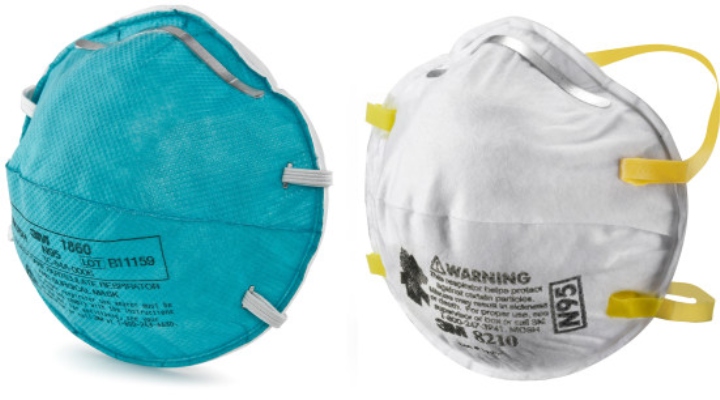
Respirators, or respiratory masks, form a tight seal around your nose and mouth to protect the wearer from airborne pathogens.
Without the tight seal, it’s not effective. So if you have a beard and wear a respiratory mask like N95, it defeats the purpose.
Gloves

Gloves do not replace the requirement for good hand hygiene.
They are single-use items and should be changed when they have become contaminated. They cannot be decontaminated or reused.
Gloves should be put on immediately before the commencement of a task and removed as soon as it has been completed.
Hands must be washed with soap and water, or alcohol-based sanitiser, before and after wearing gloves.
Once you’re done with a pair, throw it away into a rubbish bin, preferably one with a lid.
Share your thoughts with us on TRP’s Facebook, Twitter, and Instagram.
She puts the pun in Punjabi. With a background in healthcare, lifestyle writing and memes, this lady's articles walk a fine line between pun-dai and pun-ishing.

